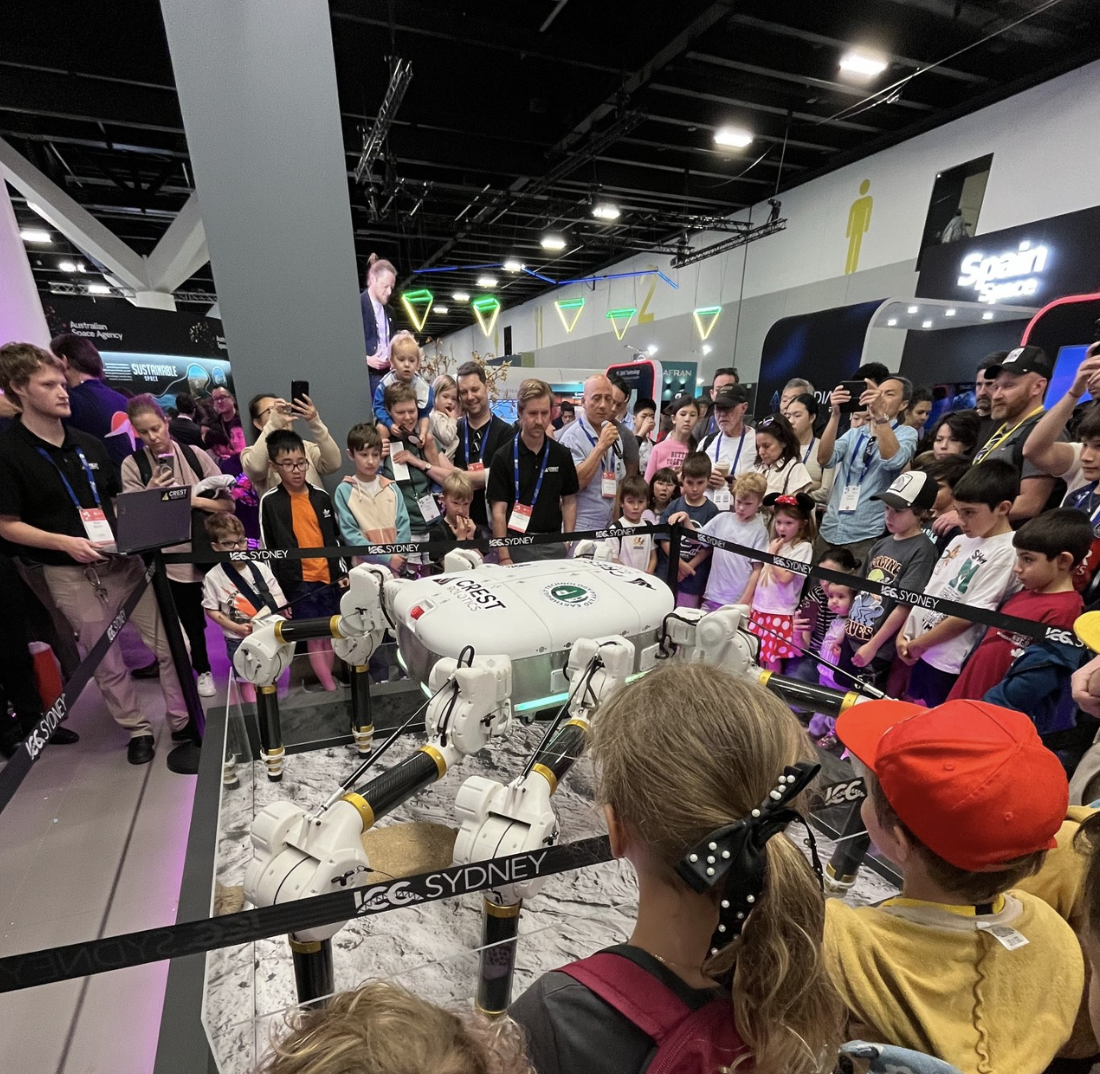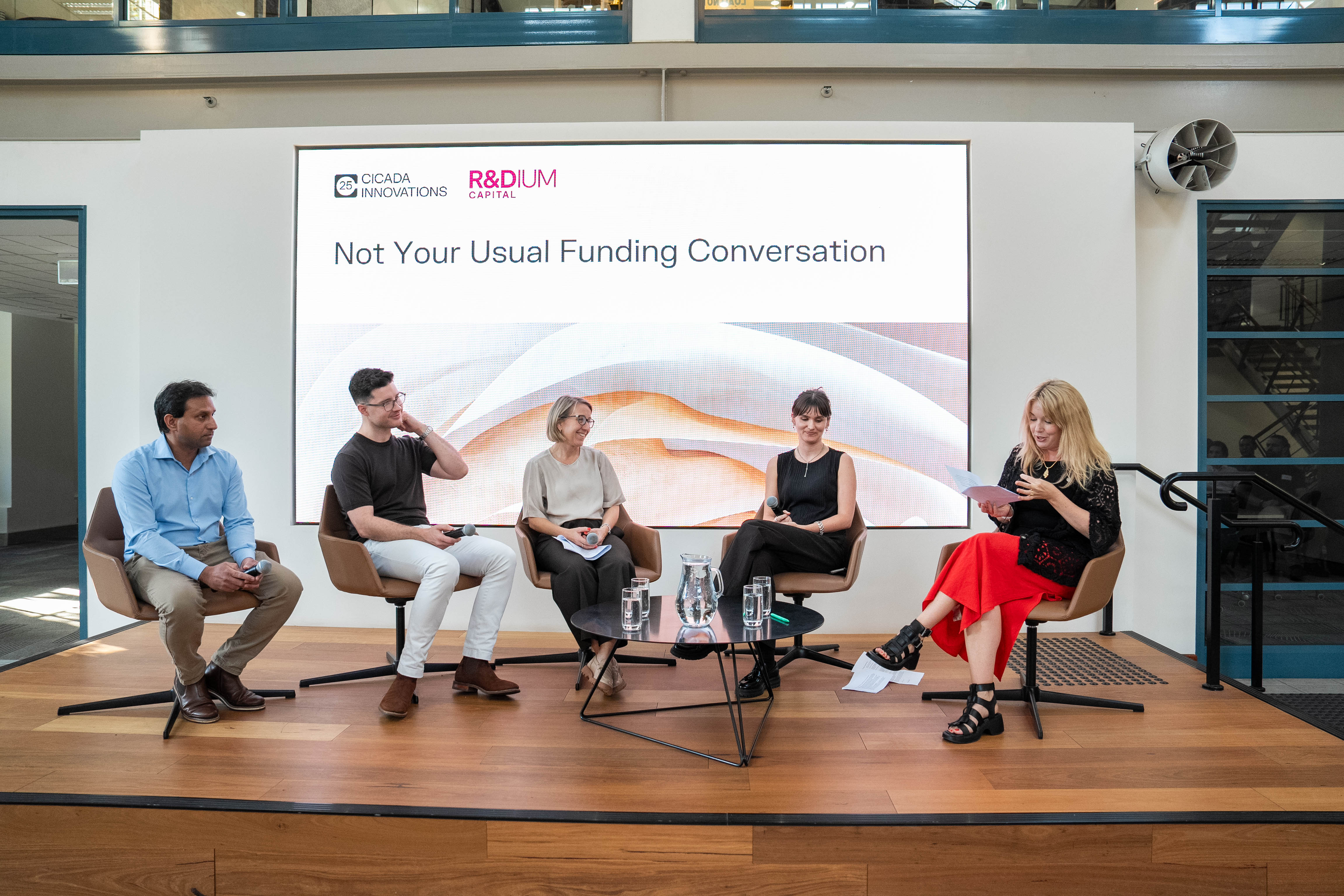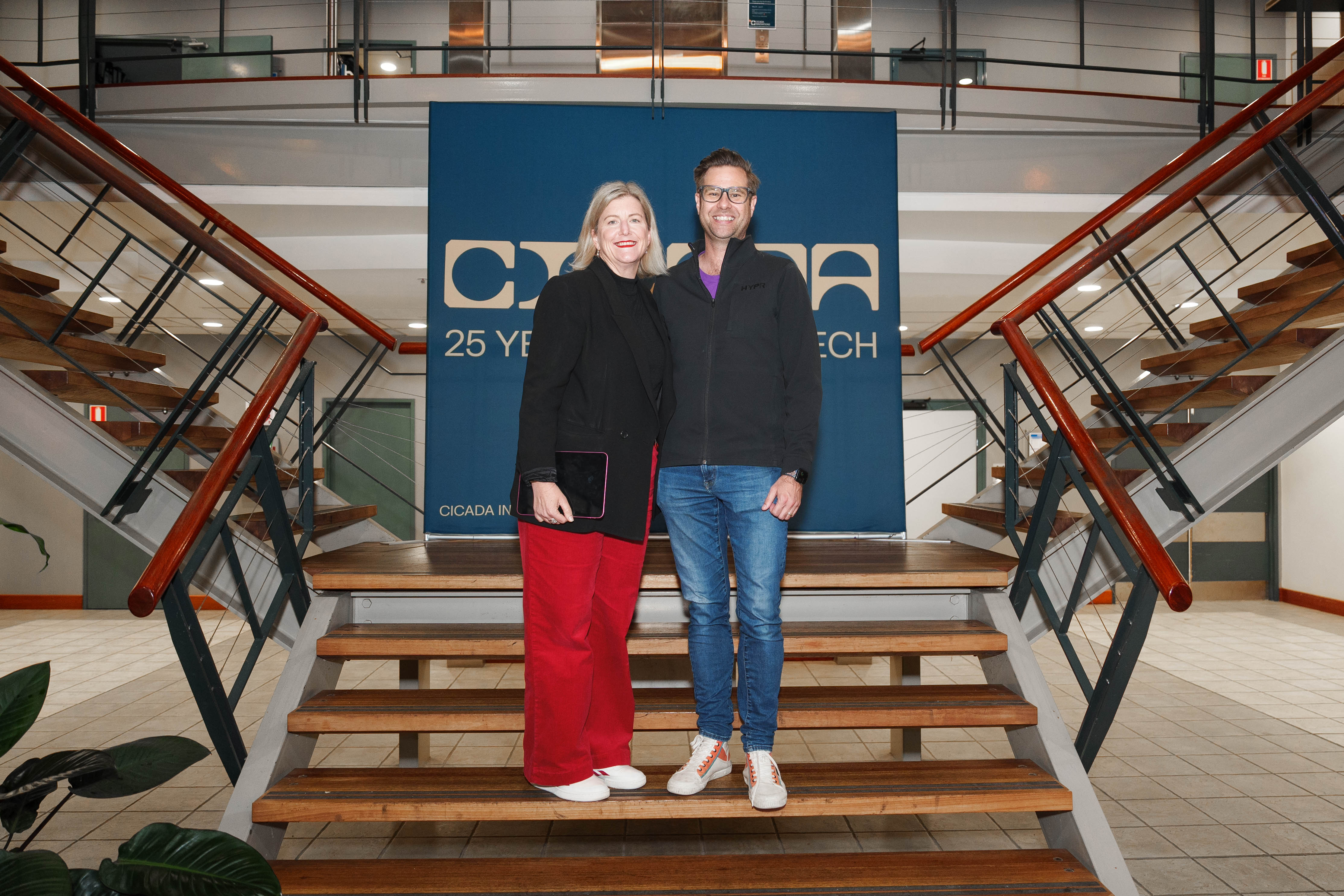Australia Can Lead the Next Space Economy — If We Back What’s Working

Hosting IAC 2025 showed a sector coming of age. The next step is translating global attention into national productivity, sovereign capability, and durable growth for Australian ventures.
Space is no longer a niche frontier. It is the next great infrastructure asset class, enabling the systems that keep our economies, communities, and industries running. At IAC 2025, more than 19,000 people from around the world converged in Sydney to witness this first-hand.
For Australia, the message was clear: Space has become a serious industry, it’s growing fast and represents a once-in-a-generation economic opportunity. Our technologies are enabling connectivity, visibility, and resilience across every sector, from agriculture to defence, and positioning Australia as a trusted partner in the global space supply chain.
We may account for less than one per cent of the global space market, but our contribution is vital. Australia provides safe returns from orbit and the advanced capabilities that keep satellites, and the data they deliver, operating reliably. The global space economy, valued at USD $596 billion in 2023, is projected to reach $1.8 trillion by 2035. The question isn’t whether we can compete, it’s whether we’ll back what’s already working and secure our share of this rapidly expanding market.
At IAC 2025, more than 100 Australian organisations were on display, standing shoulder-to-shoulder among long-established ecosystems from Europe and North America. The shift was unmistakable, this was not a showcase of prototypes or university projects but of commercial, market-ready capabilities. The message was clear: Australia is open for business in space.
 For Cicada Innovations and the National Space Industry Hub, the week marked a milestone moment. Four years ago, many of the companies now representing Australia on the global stage were still prototypes on benches. At IAC, 24 Hub residents and alumni stood as proof of how rapidly the sector has matured. Ventures like ANT61, Crest Robotics, Spiral Blue, MP Space, VXB Aerospace, Deneb Space, and Extraterrestrial Power are redefining what productivity looks like in practice, small, technically exceptional teams converting research into capability that competes globally.
For Cicada Innovations and the National Space Industry Hub, the week marked a milestone moment. Four years ago, many of the companies now representing Australia on the global stage were still prototypes on benches. At IAC, 24 Hub residents and alumni stood as proof of how rapidly the sector has matured. Ventures like ANT61, Crest Robotics, Spiral Blue, MP Space, VXB Aerospace, Deneb Space, and Extraterrestrial Power are redefining what productivity looks like in practice, small, technically exceptional teams converting research into capability that competes globally.
Through the National Space Industry Hub program, every dollar of funding has been met with $125 from industry, proof that deep tech investment is not just visionary, it is viable. These companies are demonstrating that when capability is connected to community, coaching, and pathways to flight, progress compounds.
The global market is accelerating fast. While Australian capital investment in the sector is still ramping, the rest of the world has been off to the races with the last 4 years of investment equal to all history, that is $39Bn in the last 4 years alone.
Space startups are also outperforming broader technology and venture-capital markets, reflecting both investor confidence and the sector’s growing maturity.
Australia has shown the world what we have to offer. Now it’s time to capitalise, to convert global recognition into national productivity, resilience, and long-term economic gain.
Applications are now open for Stride, Cicada’s program helping early-stage ventures accelerate commercialisation in space and aerospace technologies.


